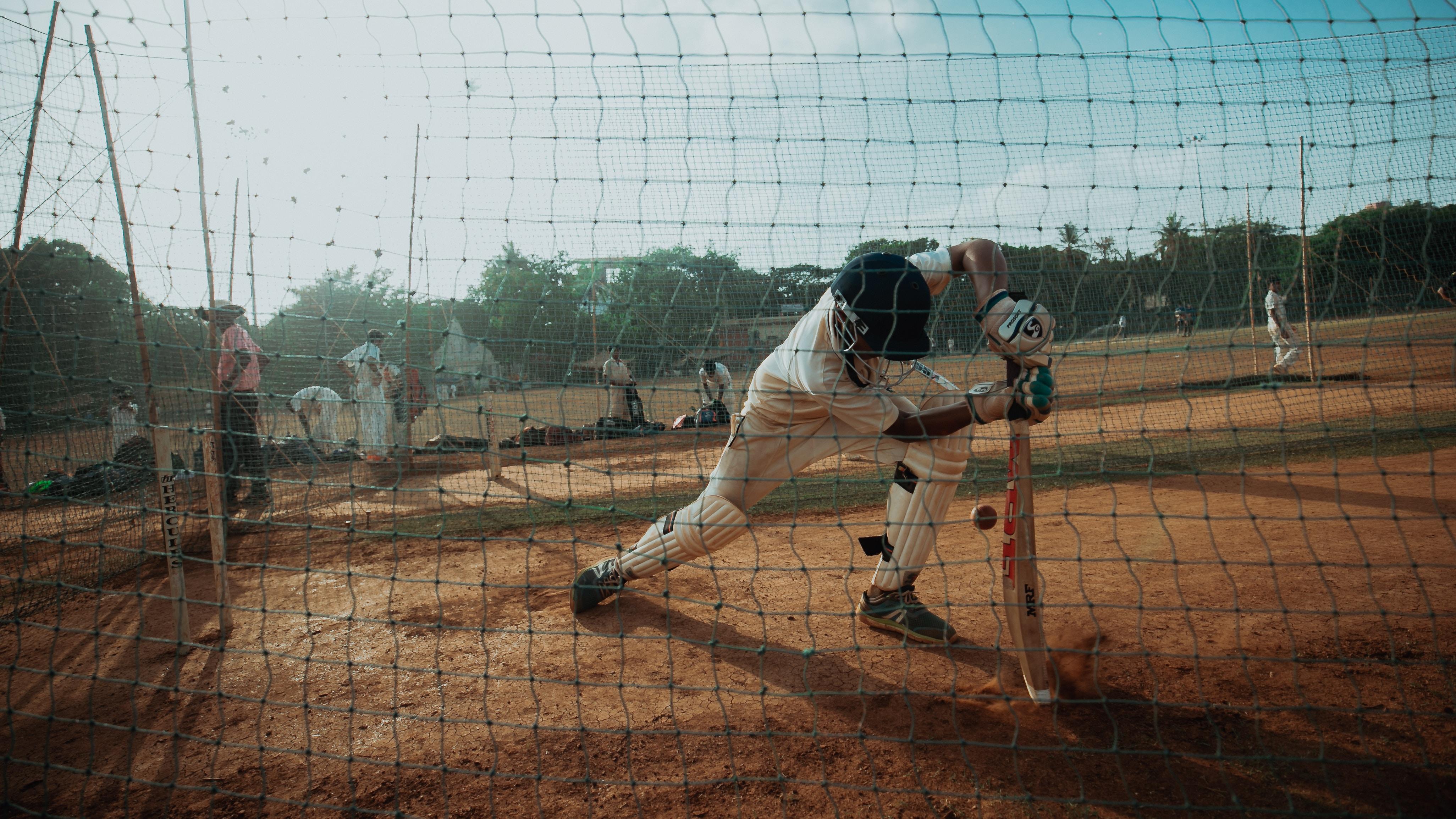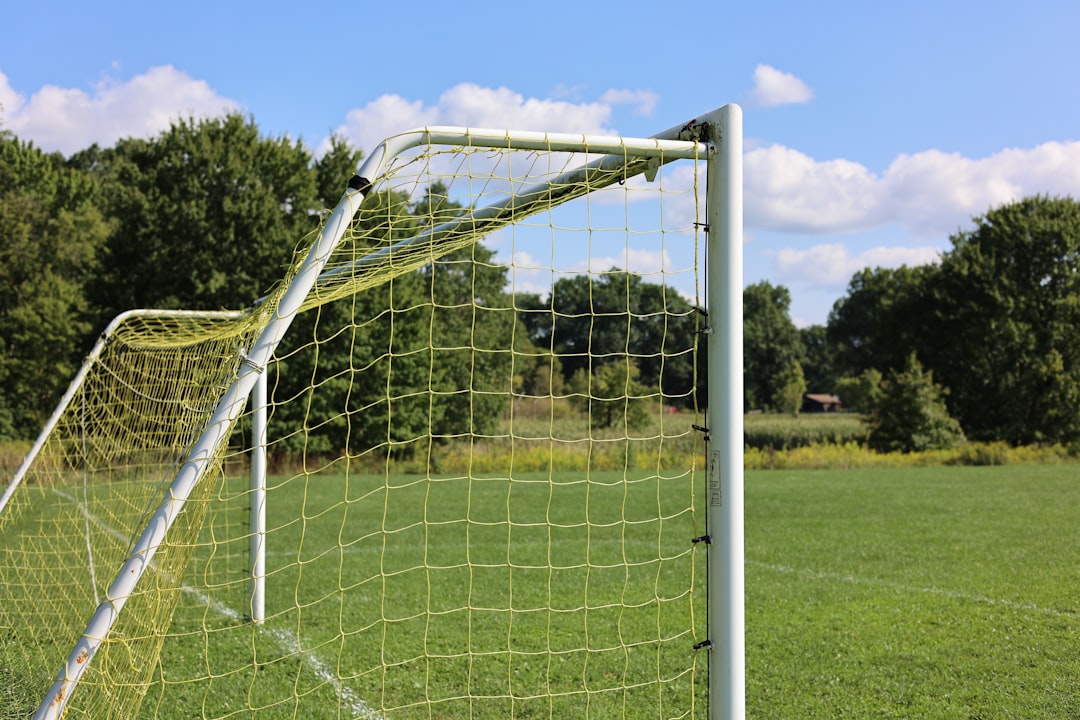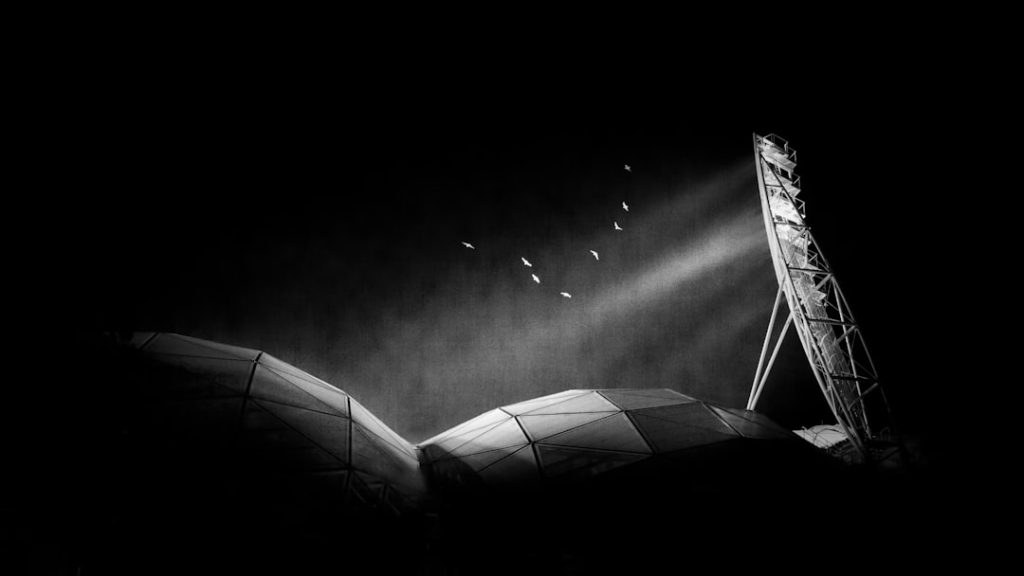Goalkeeping is an art form in the world of soccer. While strikers often bask in the limelight, it’s the goalkeepers who make the crucial difference between victory and defeat with a single moment of brilliance. From jaw-dropping reflexes to acrobatic leaps, the best saves in soccer history are testaments to the agility, anticipation, and mental fortitude required of elite goalkeepers. In this masterclass, we delve into some of the most iconic saves ever witnessed and explore the techniques behind them that every aspiring shot-stopper can learn from.
The Anatomy of a Great Save
Before analyzing historic moments, it’s important to understand what makes a great save. A top-tier save is not purely reactionary; it combines physics, game awareness, and years of ingrained habits. The following elements often define a world-class save:
- Positioning: Anticipating where to stand is half the battle. Great goalkeepers read the game one or two moves ahead.
- Reflexes: Split-second decision-making and lightning-fast reactions separate average from elite keepers.
- Footwork: The ability to quickly adjust body position using short, explosive steps is crucial to reaching the ball in time.
- Hand-eye coordination: A firm, clean catch or punch under pressure requires total focus and control.
Now let’s take a closer look at some of the most unforgettable saves in soccer history, analyzing what made them exceptional.
Gordon Banks vs. Pelé – 1970 World Cup
Often regarded as the greatest save of all time, Gordon Banks’ incredible stop against Pelé in the 1970 World Cup showcases every quality of a perfect save. Pelé powered a downward header toward the bottom corner that seemed destined to go in. But Banks, demonstrating flawless anticipation and impeccable agility, reached down and scooped the ball up and over the crossbar in one motion.
Lesson: Study your opponent’s habits. Banks knew Pelé’s tendency to aim low, and he positioned himself accordingly. Timing and instinct did the rest.

Iker Casillas vs. Robben – 2010 World Cup Final
Another unforgettable moment came during the 2010 World Cup Final. With the score at 0–0, Arjen Robben broke free for a one-on-one with Iker Casillas. As Robben placed his shot toward the far post, Casillas extended his leg at the last second, deflecting the ball just enough to send it wide. That split-second reflex save ultimately helped Spain secure their first World Cup title.
Lesson: Stay calm under pressure. Casillas didn’t rush off his line prematurely but remained composed, giving himself the flexibility to react based on Robben’s move.
Manuel Neuer – The Modern Goalkeeping Prototype
Often referred to as the “sweeper-keeper”, Manuel Neuer redefined the role of the goalkeeper with his bold positioning and shot-stopping ability. One memorable moment was during the 2014 World Cup semifinal against Brazil, where Neuer combined traditional saves with anticipatory runs outside his box to cut off Brazilian attacks before they materialized.
Lesson: Be proactive, not reactive. Neuer’s unique approach demonstrates that goalkeepers can control the game just as much as any outfield player by dominating their area efficiently.

Tim Howard vs. Belgium – 2014 World Cup
In a legendary display, Tim Howard made a record-setting 16 saves against Belgium, keeping the U.S. in the match far longer than expected. His ability to cover angles, deal with incessant crosses, and keep composure in an onslaught defined what elite-level stamina and mental strength look like in a goalkeeper.
Lesson: Consistency and endurance matter. One great save doesn’t win matches—stringing together a series of elite interventions can.
Key Techniques to Practice
Learning from legends requires more than admiration—it demands action. Goalkeepers at any level can improve their skills by incorporating the following drills and methods into their training:
- Reaction ball drills: Enhance reflexes using unpredictable rebounds.
- Angle-cutting simulations: Practice narrowing angles against advancing strikers.
- One-on-one scenarios: Develop calm decision-making under pressure.
- Footwork circuits: Improve lateral and backward movement efficiency.
Conclusion
The best saves in soccer history are not just breathtaking displays of athletic ability—they provide a blueprint for success. Through a combination of deliberate positioning, mental toughness, and relentless training, goalkeepers like Gordon Banks, Iker Casillas, and Manuel Neuer have elevated their craft to near-mythical levels. By studying their techniques and mastering the fundamentals, the next great save could be yours.

